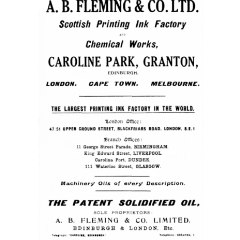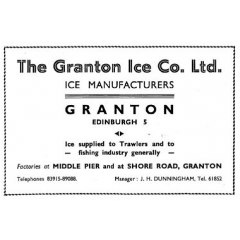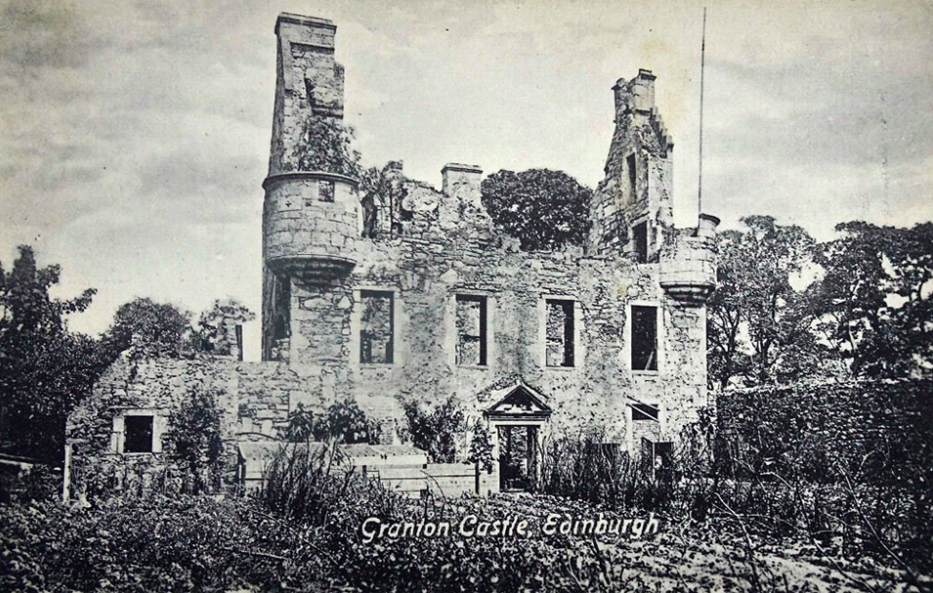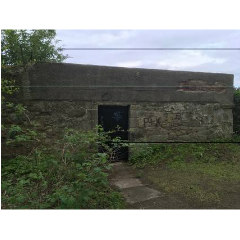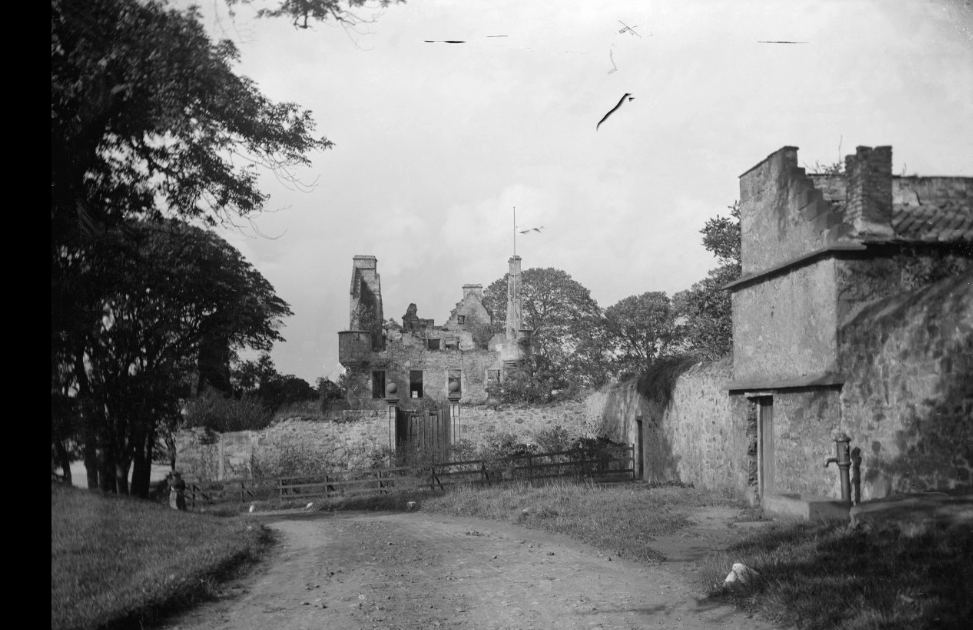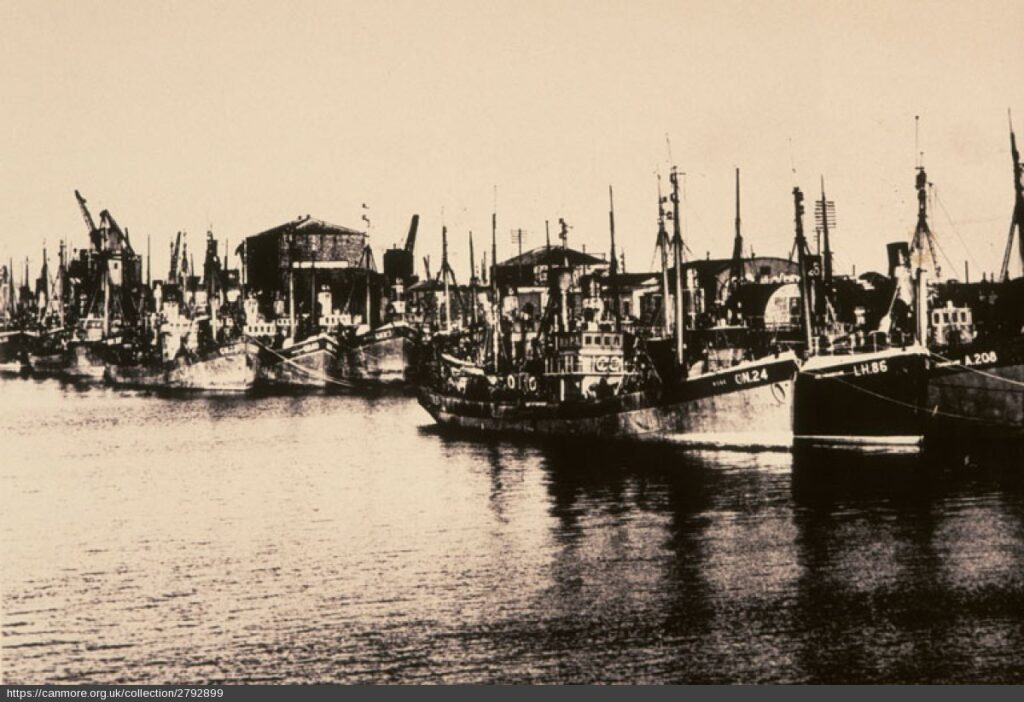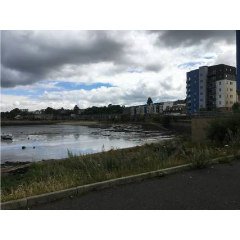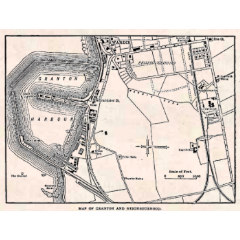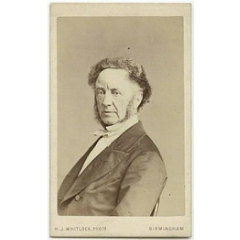
This Powderhall Bronze sculpture is entitled ‘Going to the Beach’ by Vincent Butler (1933-2017).
Waterfront Avenue, Edinburgh EH5 1RS
Near this site, lots of industrial activity took place. AB Fleming introduced rosin oil in 1852, a by-product of refining turpentine from dead pine wood. Due to expansion, Fleming leased a large area of land from the Duke of Buccleuch and built a new factory. ‘Granton Oils’ became popular all over the world. Later on, the company manufactured inks for books, newspapers, fine half tone work, letterpress and lithography, and had the largest capacity anywhere in the world, operating globally. Next to AB Fleming was Caroline Park Foundry, started in 1880 by Robert Mushet, who was instrumental in perfecting a forerunner of today’s steels. The Granton Ice Company (1906) was also nearby and supplied the fishing industries of Granton and Newhaven, with premises originally located on the Middle Pier of Granton Harbour. A new factory was built near the site of Granton Castle. By 1952 it was the most modern factory of its kind in Britain. Water to make the ice came from Granton Burn’s, stored in a pond behind Caroline Park, and piped down in lead pipes which still run beneath Granton Castle’s walled garden.

